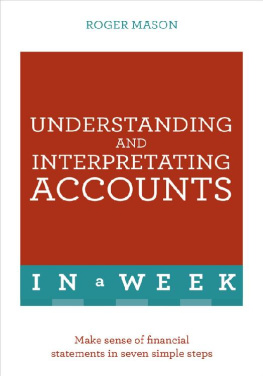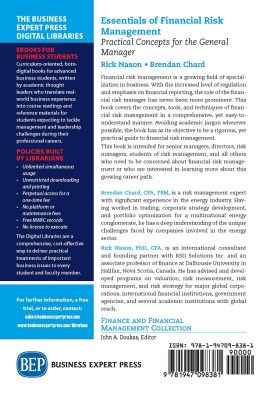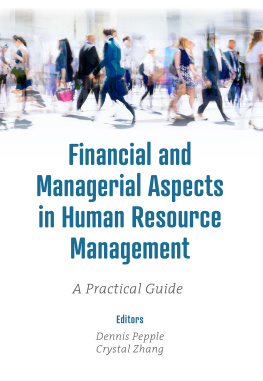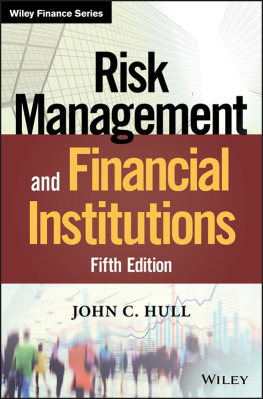GUIDE TO FINANCIAL MANAGEMENT
OTHER ECONOMIST BOOKS
Guide to Analysing Companies
Guide to Business Modelling
Guide to Business Planning
Guide to Cash Management
Guide to Commodities
Guide to Decision Making
Guide to Economic Indicators
Guide to the European Union
Guide to Financial Markets
Guide to Hedge Funds
Guide to Investment Strategy
Guide to Management Ideas and Gurus
Guide to Managing Growth
Guide to Organisation Design
Guide to Project Management
Guide to Supply Chain Management
Numbers Guide
Style Guide
Book of Business Quotations
Book of Isms
Book of Obituaries
Brands and Branding
Business Consulting
Business Strategy
Buying Professional Services
Doing Business in China
Economics
Emerging Markets
Managing Uncertainty
Marketing
Managing Uncertainty
Megachange the world in 2050
Modern Warfare, Intelligence and Deterrence
Organisation Culture
Successful Strategy Execution
The World of Business
Directors: an AZ Guide
Economics: an AZ Guide
Investment: an AZ Guide
Negotiation: an AZ Guide
Pocket World in Figures
GUIDE TO FINANCIAL MANAGEMENT
John Tennent

THE ECONOMIST IN ASSOCIATION WITH PROFILE BOOKS LTD
Published by Profile Books Ltd
3a Exmouth House
Pine Street
London EC1R 0JH
www.profilebooks.com
Copyright The Economist Newspaper Ltd, 2008, 2013
Text copyright John Tennent, 2008, 2013
All rights reserved. Without limiting the rights under copyright reserved above, no part of this publication may be reproduced, stored in or introduced into a retrieval system, or transmitted, in any form or by any means (electronic, mechanical, photocopying, recording or otherwise), without the prior written permission of both the copyright owner and the publisher of this book.
The greatest care has been taken in compiling this book. However, no responsibility can be accepted by the publishers or compilers for the accuracy of the information presented.
Where opinion is expressed it is that of the author and does not necessarily coincide with the editorial views of The Economist Newspaper.
While every effort has been made to contact copyright-holders of material produced or cited in this book, in the case of those it has not been possible to contact successfully, the author and publishers will be glad to make amendments in further editions.
Typeset in EcoType by MacGuru Ltd
info@macguru.org.uk
Printed in Great Britain by Clays, Bungay, Suffolk
A CIP catalogue record for this book is available from the British Library
Hardback 978 1 78125 205 5
Paperback 978 1 78125 206 2
e-book 978 1 78283 022 1

| The paper this book is printed on is certified by the
1996 Forest Stewardship Council A.C. (FSC).
It is ancient-forest friendly. The printer holds FSC chain of custody SGS-COC-2061 |
Contents
Preface
EFFECTIVE FINANCIAL MANAGEMENT is essential for a business to succeed; many have failed for want of it. All too often a career aspiration falters, not for lack of effort or ability in a chosen field, but for not being able to understand the financial impacts of decisions and ultimately a failure to deliver the numbers. Managers who find themselves in a senior role unable to ask questions of others which might imply their own ignorance have wished that they had got to grips with really understanding financial matters earlier in their career.
This guide to financial management is designed to take you through financial principles and illustrate their application, providing a toolkit for managing financial responsibilities. Each chapter is written from an operational perspective in establishing and running a business. Before the index is a glossary of the financial terms used in the book. There is also a list of companies used in examples. The names are those in existence at the time of writing; merger and acquisition activity will inevitably change this.
All books are not just the work of the author but the results of contributions of many others. I am grateful to clients and colleagues who provided the opportunity to explore aspects of business, complete research and develop my thinking. In particular I would like to thank my colleagues at Corporate Edge for their insights and contributions, and Mandy Aston for her work on the original script and many of the diagrams; Mike Samuel for his support and the time he dedicated to reviewing and commenting upon the first edition; Nick Insall for his review of this edition; and Profile Books for the help they gave me, particularly Stephen Brough, Penny Williams and Jonathan Harley.
Special thanks to my wife, Angela, and my two sons, William and George, who have supported my enthusiasm for writing, even on holidays. Also to my parents, particularly my father, a chartered accountant, who always encouraged my career, and gave me the passion and interest in business.
I would welcome feedback and can be contacted on the following e-mail address: John-Tennent@CorporateEdge.co.uk
John Tennent
May 2013
1 Defining a successful business
EVERY ENTREPRENEUR ASPIRES to create a successful business and investors certainly want management to run successful businesses. So what determines whether a business is being successful? Before answering this question it is helpful to define what a business is and the various forms it can take.
A business is a commercial operation that provides products or services with the aim of making a profit for the benefit of its owners. The significant point is for the benefit of its owners, which differentiates it from a government or not-for-profit organisation, such as a charity, where the activity is conducted for the benefit of the people it serves.
A profit is an essential element of running a successful business. It is a trading surplus whereby the revenues earned exceed the costs. This surplus belongs to the owners of the business to use as they choose: to take for themselves, to reinvest back in the business, or a mixture of the two. For a government organisation or charity any surplus is reinvested in the activities to further benefit the people it serves.
Business structure
A business can take many forms ranging from a sole trader to a large multinational company. The principal aim of making a profit for its owners is still the same.
A person starting out and setting up a business will take all the risk and reward as the venture gets under way. As the business grows it can be advantageous to share the risk with others and separate the business activities from those of the owner by establishing a company.
A company is a legal entity in its own right that is separate from its owners. An investor is risking only the money paid for buying some shares in the company. If the company ceases trading, the shareholders (owners) are not liable to make up any shortfall between the value of the companys assets and its liabilities.
There are five broad categories of business:

Next page










